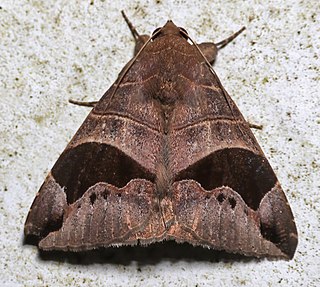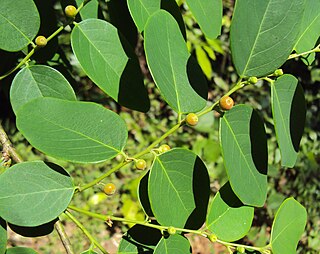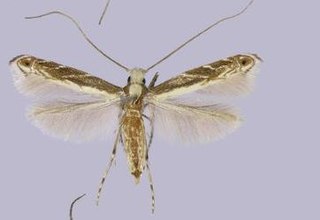Related Research Articles

Phyllanthus is the largest genus in the plant family Phyllanthaceae. Estimates of the number of species in this genus vary widely, from 750 to 1200. Phyllanthus has a remarkable diversity of growth forms including annual and perennial herbs, shrubs, climbers, floating aquatics, and pachycaulous succulents. Some have flattened leaflike stems called cladodes. It has a wide variety of floral morphologies and chromosome numbers and has one of the widest range of pollen types of any seed plant genus.

Breynia is a plant genus in the family Phyllanthaceae, first described in 1776. It is native to Southeast Asia, China, the Indian Subcontinent, Papuasia, Australia, and the island of Réunion.

Glochidion is a genus of flowering plants, of the family Phyllanthaceae, known as cheese trees or buttonwood in Australia, and leafflower trees in the scientific literature. It comprises about 300 species, distributed from Madagascar to the Pacific Islands. Glochidion species are used as food plants by the larvae of some Lepidoptera species including Aenetus eximia and Endoclita damor. The Nicobarese people have attested to the medicinal properties found in G. calocarpum, saying that its bark and seed are most effective in curing abdominal disorders associated with amoebiasis.

Breynia retusa is a species of plant in the family Phyllanthaceae.

Breynia oblongifolia, commonly known as coffee bush, grows naturally in Australia and New Guinea as shrubs up to 3 m (10 ft) in height. The species produces alternate, distichous, ovate leaves 20–30 mm (0.8–1.2 in) long by 10–20 mm (0.4–0.8 in) wide. Small, green flowers are produced in spring and summer, and these are followed by orange or pink berries about 6 mm (0.24 in) diameter that turn black when fully ripe.

Bastilla joviana is a moth of the family Noctuidae first described by Stoll in 1782. It is found from the Oriental region to the Moluccas and in New Guinea and Australia. It is also present in South Africa.

Epicephala is a genus of moths in the family Gracillariidae.
Phyllocnistis breynilla is a moth of the family Gracillariidae, known from Guangdong, China.
Epicephala sphenitis is a moth of the family Gracillariidae. It is known from Bihar, India.
Acrocercops rhothogramma is a moth of the family Gracillariidae. It was described by Thomas Bainbrigge Fletcher in 1933 and is known from Bihar, India.

Breynia vitis-idaea, the officinal breynia, is a perennial tree-like species of Phyllanthaceae, found from India east to Taiwan and Okinawa and south to Indonesia. It is a shrub or treelet with egg-shaped leaves that can reach up to 3 m tall. It has staminate flowers and spherical, red fruit.

Epicephala vitisidaea is a moth of the family Gracillariidae. It is found in Fujian, China and on the Ryukyu Archipelago.
Epicephala mirivalvata is a moth of the family Gracillariidae. It is found in Fujian and Hainan, China.
Epicephala lativalvaris is a moth of the family Gracillariidae. It is found in China.

Breynia australasiae is a species of sea urchins of the Family Loveniidae, most commonly referred to as a heart urchin. Their armour is covered with spines. Breynia australasiae was first scientifically described in 1815 by Leach.
Breynia elegans is a species of sea urchins of the Family Loveniidae. Their armour is covered with spines. Breynia elegans was first scientifically described in 1948 by Ole Theodor Jensen Mortensen.
Breynia neanika is a species of sea urchins of the Family Loveniidae. Their armour is covered with spines. Breynia neanika was first scientifically described in 1982 by McNamara.

Gracillariinae are a subfamily of moths which was described by Henry Tibbats Stainton in 1854.

Breynia disticha is a plant in the family Phyllanthaceae, first described in 1776. It is native to New Caledonia and Vanuatu in the western Pacific, but naturalized on a wide assortment of other islands around the world, as well as in the U.S. state of Florida.

Breynia cernua grows naturally in Australia and Malesia as a shrub up to 2 m (7 ft) in height.